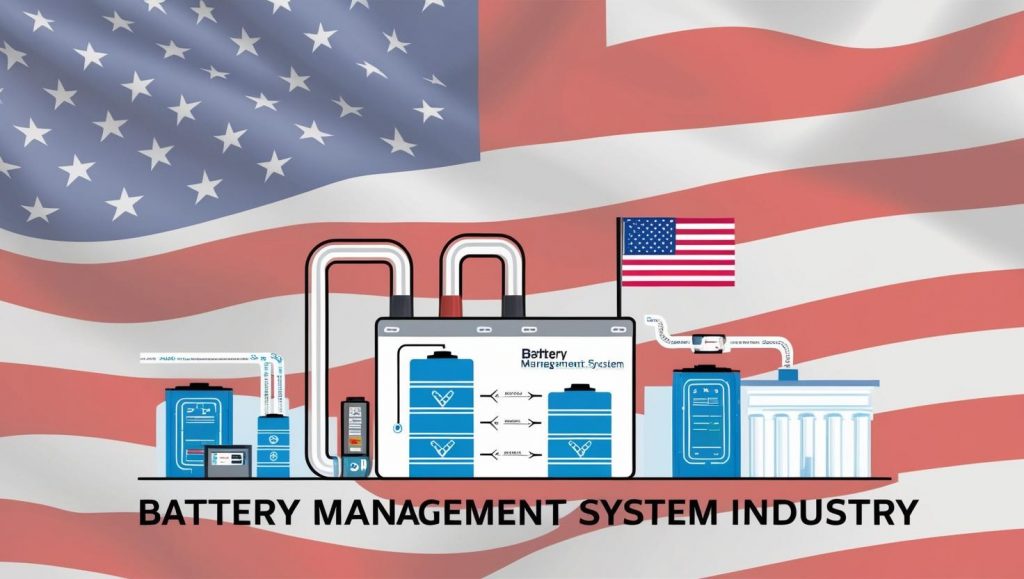The global Battery Management System (BMS) market is undergoing a pivotal transformation. At the heart of this shift lies a significant geopolitical influence — the Trump-era tariffs imposed during the U.S.-China trade war. These tariffs, particularly those targeting electronic components, lithium-ion batteries, and advanced manufacturing equipment, have had far-reaching effects on global supply chains and market strategies.
As countries and corporations recalibrate in response to these disruptions, new trends are emerging across the BMS industry. These trends signal a market that is not only recovering but also evolving — adopting more localized, resilient, and innovative approaches.
- Shift Toward Regional and Localized Manufacturing
One of the most visible trends post-Trump tariffs is the restructuring of supply chains. With tariffs increasing the cost of importing Chinese-made BMS components and battery cells, manufacturers began exploring alternatives to reduce exposure to trade risks. This has led to:
- Expansion of domestic BMS manufacturing in the U.S., Canada, and Europe.
- Increased interest in Southeast Asian countries (e.g., Vietnam, Malaysia, Thailand) as lower-cost, non-tariff-affected alternatives.
- Strategic investments in regional production hubs to ensure faster delivery, cost efficiency, and reduced reliance on Chinese suppliers.
- Rising Component Costs and Strategic Sourcing
The cost of key BMS components — such as battery control units, communication interfaces, and sensors — rose due to tariffs on electronics and rare earth materials. As a result, companies are now:
- Pursuing multi-vendor sourcing strategies to reduce risk.
- Building inventory buffers for high-tariff items.
- Prioritizing suppliers outside China, including those in India, Mexico, and Eastern Europe.
Request US Tariff Impact Analysis @ https://www.marketsandmarkets.com/forms/ctaTariffImpact.asp?id=234498189
This trend is fostering a more competitive supplier ecosystem and creating new opportunities for emerging players.
- Integration of Advanced Software and AI
To offset rising hardware costs and add greater value, many BMS developers are turning to software innovation. Post-tariff, the emphasis is shifting from hardware-heavy systems to intelligent, cloud-connected BMS solutions. This includes:
- Predictive analytics for battery health.
- AI-driven charge/discharge optimization.
- Real-time remote monitoring and diagnostics.
This evolution is not only enhancing functionality but also reducing dependence on specialized hardware impacted by tariffs.
- Increase in Public and Private Investment
The battery ecosystem has gained momentum thanks to supportive government initiatives and private investments, especially in North America and Europe. Driven in part by the need to become less reliant on tariff-exposed imports, governments are encouraging domestic production through:
- Tax incentives for clean energy and battery production.
- Grants for establishing local BMS R&D facilities.
- Public-private partnerships to boost EV and grid battery integration.
These initiatives are accelerating reshoring efforts and building long-term resilience.
- Growing Focus on Supply Chain Resilience
A lasting impact of the Trump tariff era is the shift from cost-efficiency to risk management. Manufacturers are placing greater emphasis on building robust, flexible supply chains by:
- Reducing single-country sourcing.
- Investing in logistics technology to improve visibility.
- Partnering with regional suppliers to diversify risk.
This trend will likely continue, shaping the global BMS landscape for years to come.
Conclusion
The Trump-era tariffs disrupted the status quo of the Battery Management System market. While the initial effects included rising costs and operational headaches, the long-term impact is fueling a strategic transformation of the industry. Companies are rethinking sourcing, investing in regional production, and embracing digital technologies to stay competitive.
As a result, the BMS market is entering a new phase — one defined by innovation, localization, and resilience. These post-tariff trends are not only a reaction to trade policy but also a proactive step toward a more sustainable and secure energy future.

